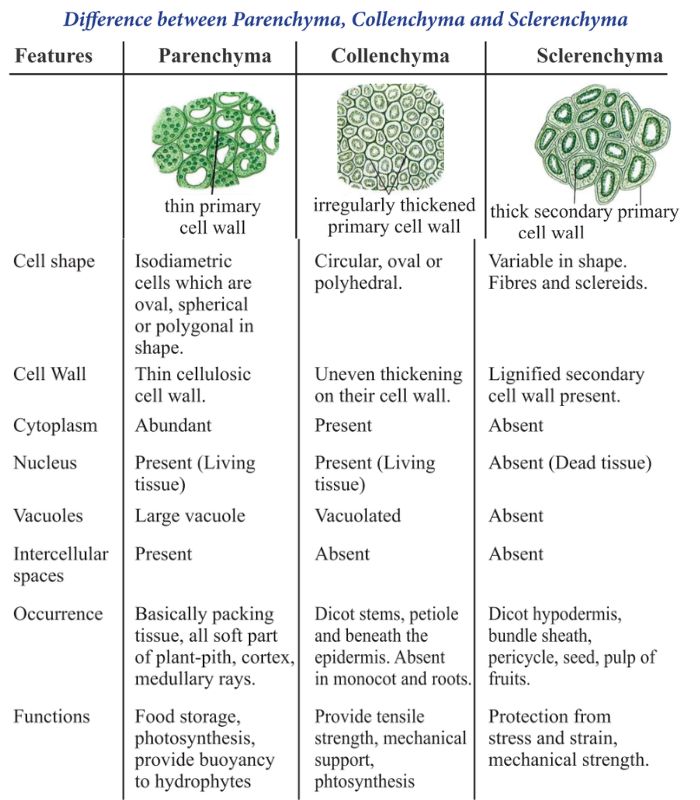Husk of a coconut is made up of sclerenchyma tissue. This tissue, with its thick and lignified cell walls, provides the hard, protective outer shell of the coconut.
What is sclerenchyma tissue:

- It is permanent tissue found in plants
- Made up of dead cell, that make the structure rigid and tough.
- Strengthen the various parts of plant
There are two main types of sclerenchyma cells: fibers and sclereids.
- Fibers – elongated, slender cells that group together in long strands or sheets. They provide tensile strength to plant structures such as stems and leaves. Examples include flax fibers used in linen and jute fibers used in burlap.
- Sclereids – short, irregularly shaped cells with thick, pitted walls. They offer localized support in various plant parts like nutshells, seed coats, and gritty pears.
Part of plant Present in Xylem, Phloem, Seeds, Fruits, Leaves, Stems
Related FAQs
🔹 The husk of a coconut is made up of sclerenchyma tissue, specifically fibers that provide mechanical support and protection.
🔹 The sclerenchyma fibers in the husk have thick secondary walls with lignin, making them rigid, strong, and resistant to mechanical stress.
🔹 These fibers protect the seed from external damage, prevent water loss, and help in dispersal by floating on water, aiding in coconut seed distribution.
🔹 The coir fibers from the husk are used in ropes, mats, brushes, mattresses, and biodegradable products due to their durability and water resistance.
🔹 No, but many plants have sclerenchyma fibers in stems, leaves, and fruits for support. Coconut fibers are unique due to their length, strength, and high lignin content.




